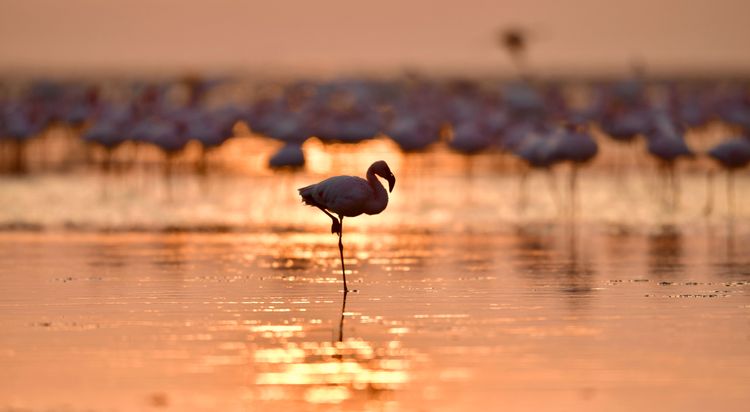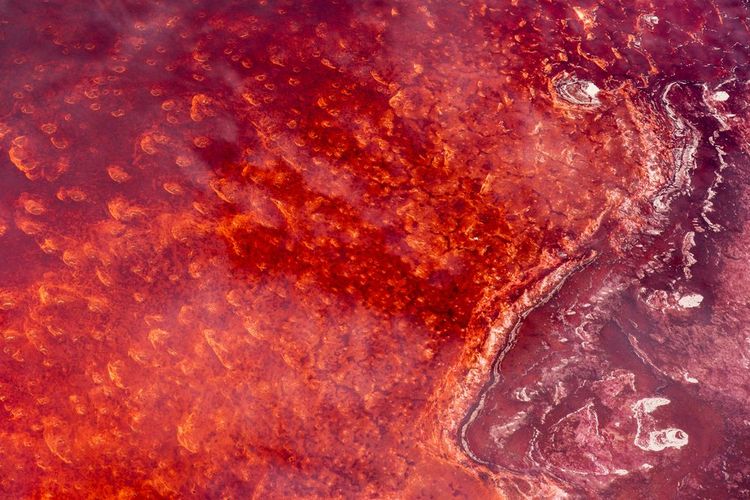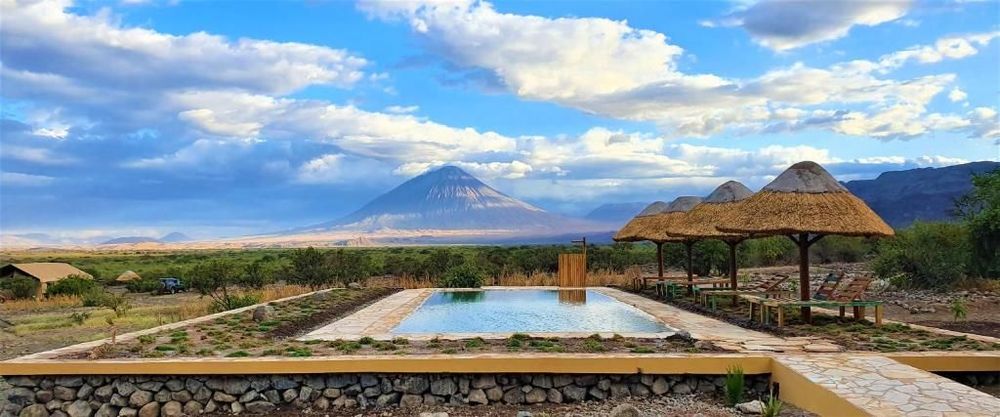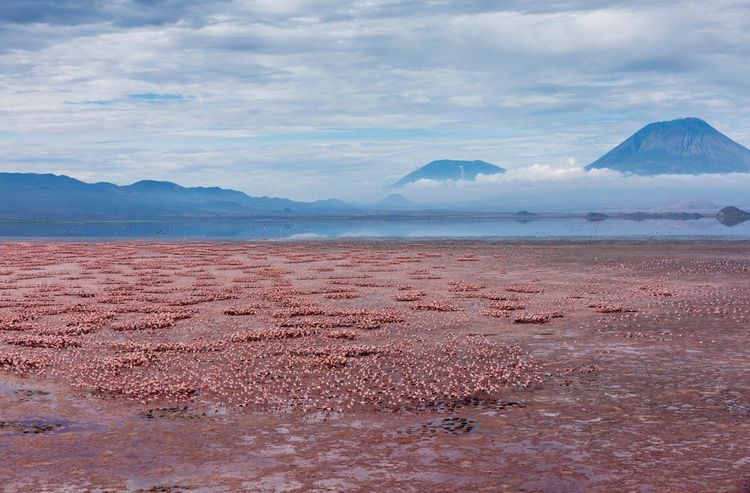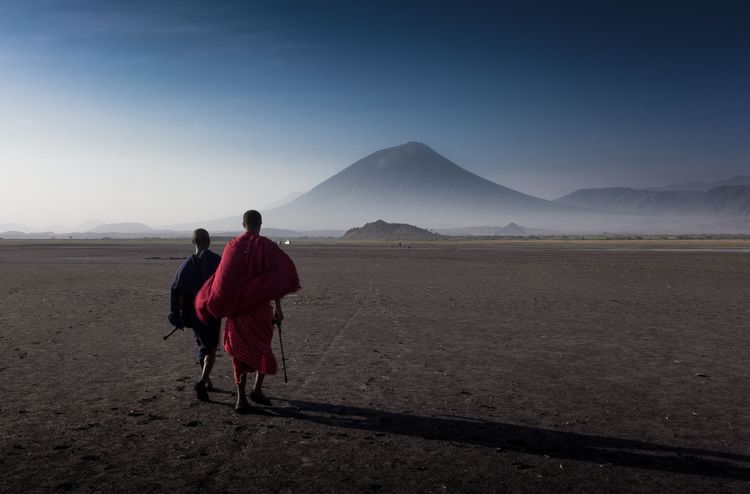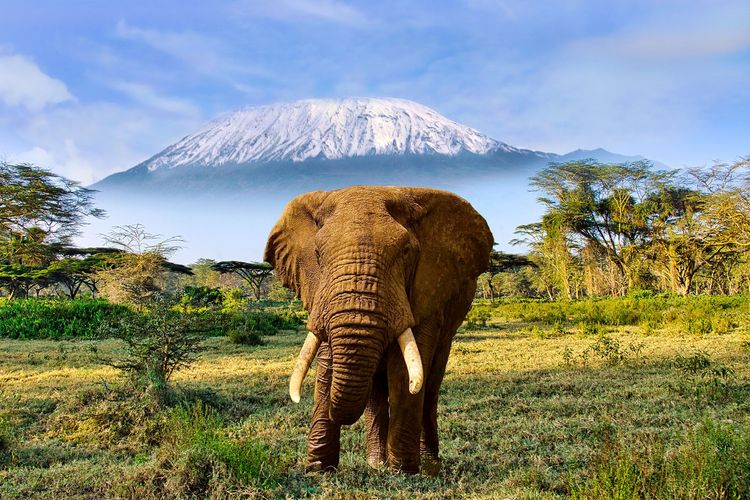Lake Natron in Tanzania is a unique destination for travellers looking to get off the beaten track and discover exceptional natural landscapes. Located in the north of the country, this salty lake is surrounded by majestic mountains and is home to a unique biodiversity. A true treasure of East Africa, this alkaline body of water stretches over 58 kilometres.
Its main feature is its depth, which is no more than 50 centimetres! Lake Natron is known for its high concentration of soda ash and chemical natron, which gives it an astonishing and fascinating orange-red colour. These dark red waters sometimes reach 140°C, while the average temperature of the lake is around 40°C. When the freshwater evaporates, what remains is water with a high concentration of saline minerals such as sodium and trona. Spirulina, an algae with a blue-green hue, is found all over the site, providing a pretty colourful spectacle. It's a thriving breeding ground for bacteria and algae.
This geological feature attracts travellers in search of extraordinary experiences, who come here to explore the colourful rock formations that line the lake. The waters of the lake are also home to several species of endemic fish, including the Alcolapia latilabri and the Alcolapia Ndalalani. Although the lake may seem hostile, dry and dusty, Natron is home to some fascinating flora. Don't miss the surrounding area, dominated by towering mountains such as the dormant volcano of Ol Doinyo Lengai.
